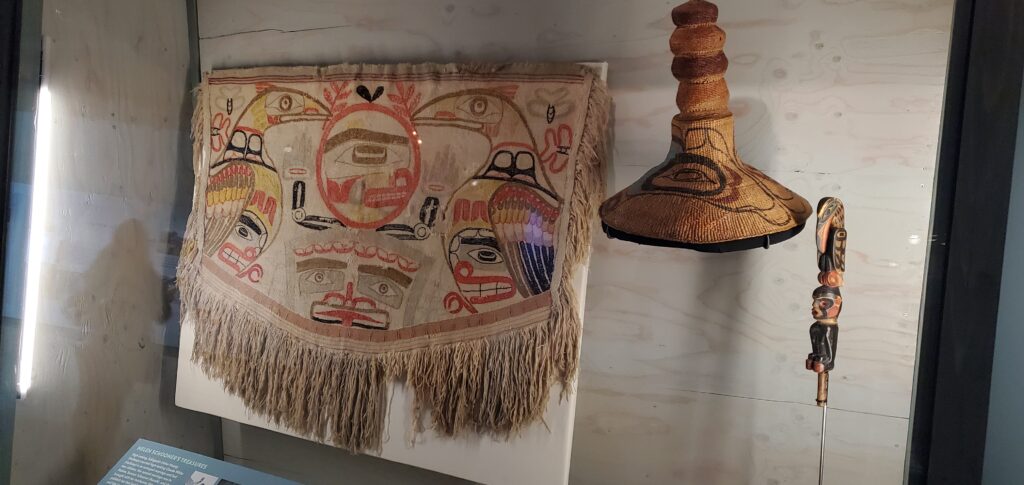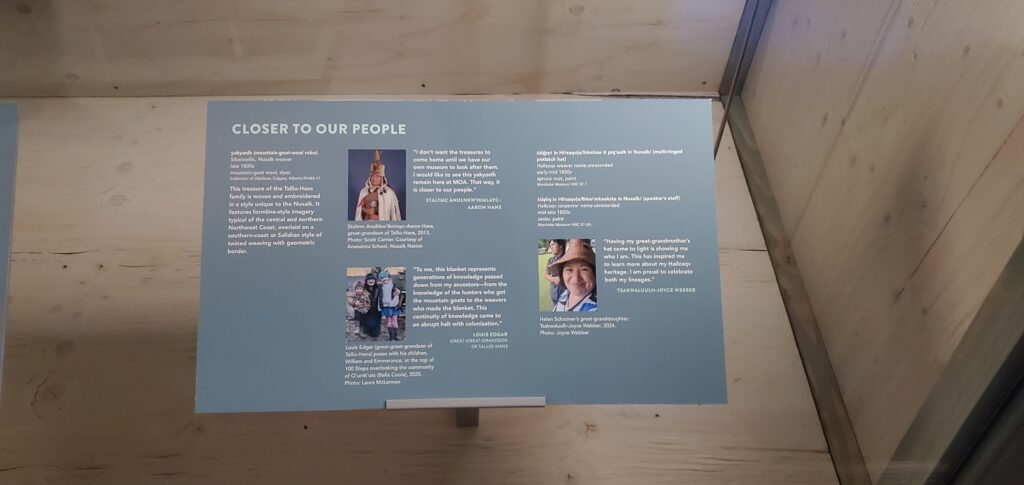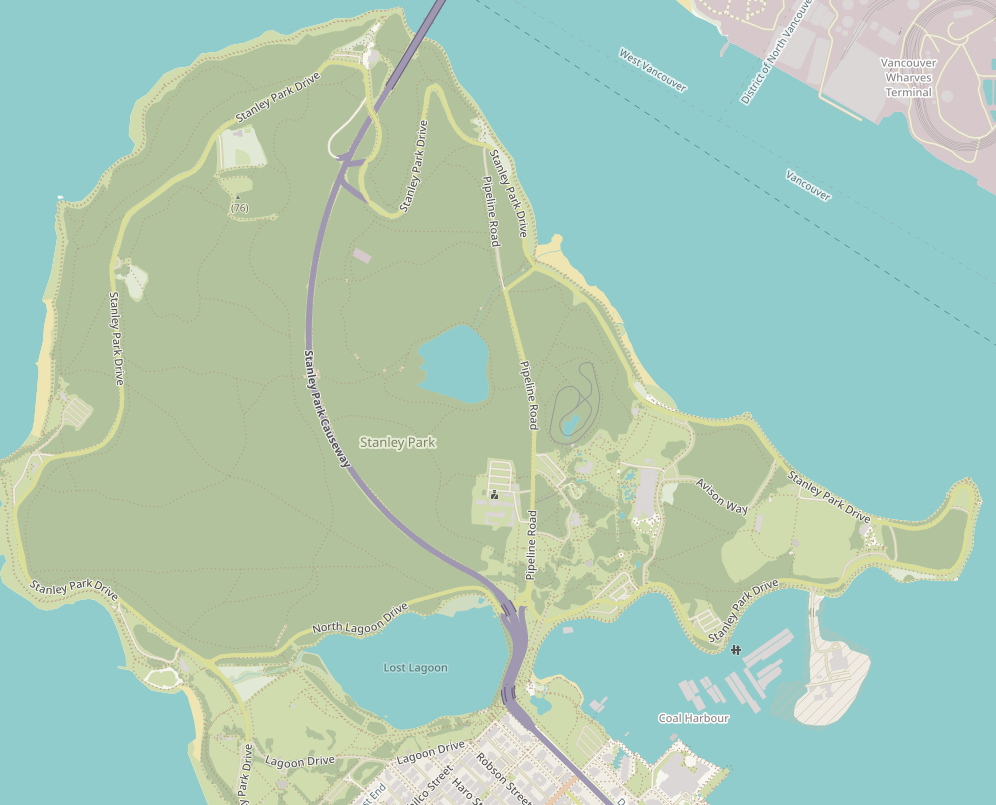Continuing my theme of Tourism in the world of digital media and literacy, and in response to the week 8 topic of Curation, I wanted to talk about sources. Coming from a background that had me answering questions about the history and culture of my hometown, I have spent a lot of time trying to gather accurate and useful information for my purposes. And this has lead me to a couple of problems when dealing especially with indigenous history and culture.
To give some context, I am white. My parents are white, my grandparents are white, I am about as white as they come. As such, living in an indigenous community and working in a role in which I represent that community, I had to be exceptionally careful in how I presented and communicated about indigenous sites, history, and culture as ultimately I have no connection to these things. I will not pretend I was perfect in this position, however I always did my best to direct people to knowledgeable indigenous members of the community as these were simply better resources in certain issues than I am. However given that being able to direct visitors to more knowledgeable community members will not always be an option, we have to wonder what is the next best thing?

In doing our project, my group has been aiming to feature whenever possible indigenous art. However one complication we ran in to early on in the process was attribution and usage rights. Given that the easiest art to legally use for project would be that in the public domain we would ideally be looking for some public domain indigenous art.
But that’s where the problem lies. According to the University of British Columbia “Effective December 30, 2022, the copyright for a work created in Canada will usually expire 70 years following the end of the calendar year in which the creator died. However, for works where the last living author died on or before December 31, 1971, the previous copyright term (of 50 years after the end of the calendar year in which the author died) still applies. Works that already entered the public domain prior to the enactment of the copyright term extension under the Copyright Act will remain in the public domain.” Furthermore, “If author(s) are unknown, then the work will enter the public domain: (a) 75 years after the end of the calendar year in which it was created; or (b) if the work was published prior to the end of such 75-year period, then the earlier of: (i) 75 years after the end of the calendar year in which it was first published, or (ii) 100 years after the end of the calendar year in which it was created.”
Unfortunately given these rules this means that in order for the art we feature to meet these criteria it must be to put it bluntly quite old. And unfortunately the reality of colonialism is that most of the art we have that is old enough to be in the public domain was stolen, coerced, or otherwise acquired illegitimately obtain from its rightful owners, in most cases without proper care to record the identities of who produced it.

This presents difficulty not only in featuring and presenting these works ethically, but also in providing attribution of the pieces you present, especially once they lose the cultural context in which they were produced. Sometimes through familial connections we are able to regain some context, like in the Mountain Goat robe featured above which the UBC Museum of Anthropology has been able to trace to its original creator. However still others are simply attributed to “unknown weaver” or “unknown carver” as these connections and knowledge have been lost.
There is no simple answer to how to provide attribution and context in the world of indigenous art. However given that the unique art and cultures of British Columbia form such an integral part of our tourism industry, especially in small indigenous communities like my home town of Bella Coola, it is not one we can simply ignore. It is the responsibility of academics and educators alike to ensure that proper attribution and citation is given, and we must do our best with the resources we have.
Works Cited:
UBC Copyright: https://copyright.ubc.ca/public-domain/


